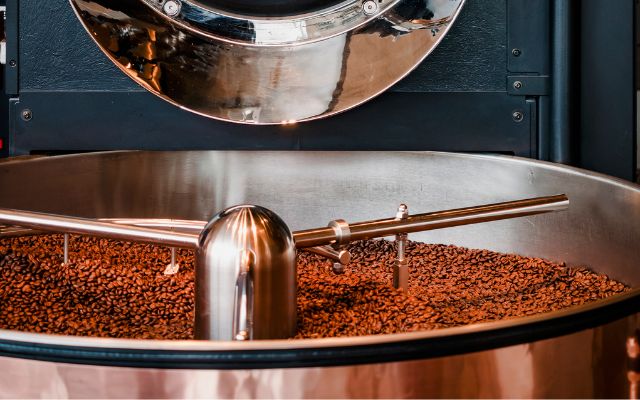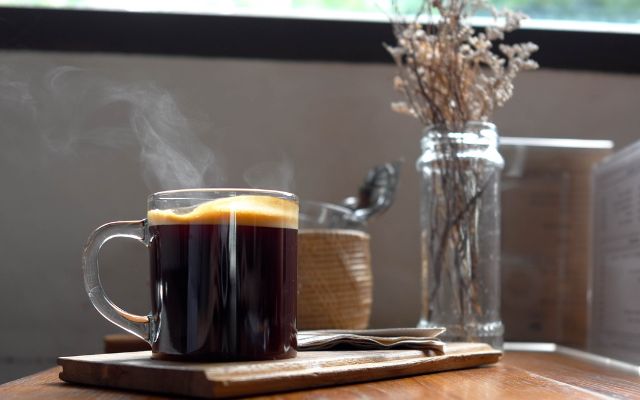What Is A Blend? Why Do You Need to Blend Coffee?
At the most basic level, a coffee blend blends beans from several nations or regions to generate a distinct taste, acidity, and body. A single origin originates from one farm or cooperative.
What is a blend of coffee?
When researching the world of coffee, you will usually encounter two unique expressions. The terms "single origin coffee" and "coffee mix" are often used interchangeably, but what is the difference between the two?
Simply said, a coffee blend is made when a coffee roaster mixes two distinct single-origin coffee beans to create a unique coffee blend. This will provide a distinct flavor from the numerous single-origin coffees used.

Coffee blends also include mushroom coffee.
Why Do You Need to Blend Coffee?
Historically, coffee blends were used to mask stale or low-quality beans, earning them a negative reputation. That is no longer true due to a change in circumstances. Roasters can now source the best coffees we've ever tasted for blends and expertly blend them together to create something that a single-origin just cannot match with. Blends and single-origin coffees are two separate types of coffee that can be appreciated for their own individual characteristics. Neither is better than the other.Coffees from a single origin.
As the name implies, single-origin coffee beans originate from a single source. This does not indicate they are from a single country, such as Kenya, but rather from a single 'plot'. This means that the beans sown are from the same crop, graded the same, harvested and washed at the same time.A combination isn't necessarily a good thing.We are currently focused on single-origin coffee since our coffee roasting is concentrated on high-quality coffee beans.
Blends have typically been created to mask the flavor of the beans while also providing a deeper roast. This is because many blends contain robusta coffee, which is effectively a bag filler.
Creating a blend with specific beans.Blends are regularly created in the speciality coffee sector by combining various high-quality coffee beans to create a distinct and complex flavor. This is performed by tasting each coffee, noting its unique characteristics, and deciding what it would pair best with.
To create a speciality blend, first determine which single-origin coffees complement each other, then decide on the proportionality (for example, 20% Kenya AA and 80% Costa Rica), roast the batch, then taste using the cupping technique. Once you're happy with the mix and proportions you've chosen, profile the coffee and write down what you liked about it.
Which one do you think would be best for you?

Again, you are the greatest judge of whether a blend or single-origin coffee is more suited to your tastes. But perhaps this will be useful.
If you want a cup of coffee that can satisfy your needs for weeks, months, or even years, look no further than a well-crafted blend.Single-origin coffees are ideal for tasting and comparing the variations between various coffees from across the world.
If you're new to brewing, a blend is an excellent place to start since it produces a consistent cup without overloading you with too many characteristics.
If you prefer richer flavors in your coffee, such as jasmine, strawberry, or cane sugar, single-origin coffee is the way to go, as opposed to blends, which are more likely to have neutral flavors.Cafes regularly request the production of a bespoke blend in order to deliver something unique to their customers. It's a terrific selling point, but it may get expensive since finding the right combination takes time.
What distinguishes something as positive?
Purchasing beans from a single crop is significant in the speciality coffee sector because it showcases the purest tastes and most notable characteristics.Some coffee companies define single origin coffee as coffee from the same country.
The problem is that different countries have varied climates depending on where you are, therefore the beans will grow differently. A microplate may be found in a rainforest or on the slope of a high-altitude mountain in Brazil, for example, both of which play essential roles in the development of the green bean.Now that you know the difference, it's time to experiment with different coffees. We offer seven unique single-origin coffees, and we'd love to know which one is your favorite.
